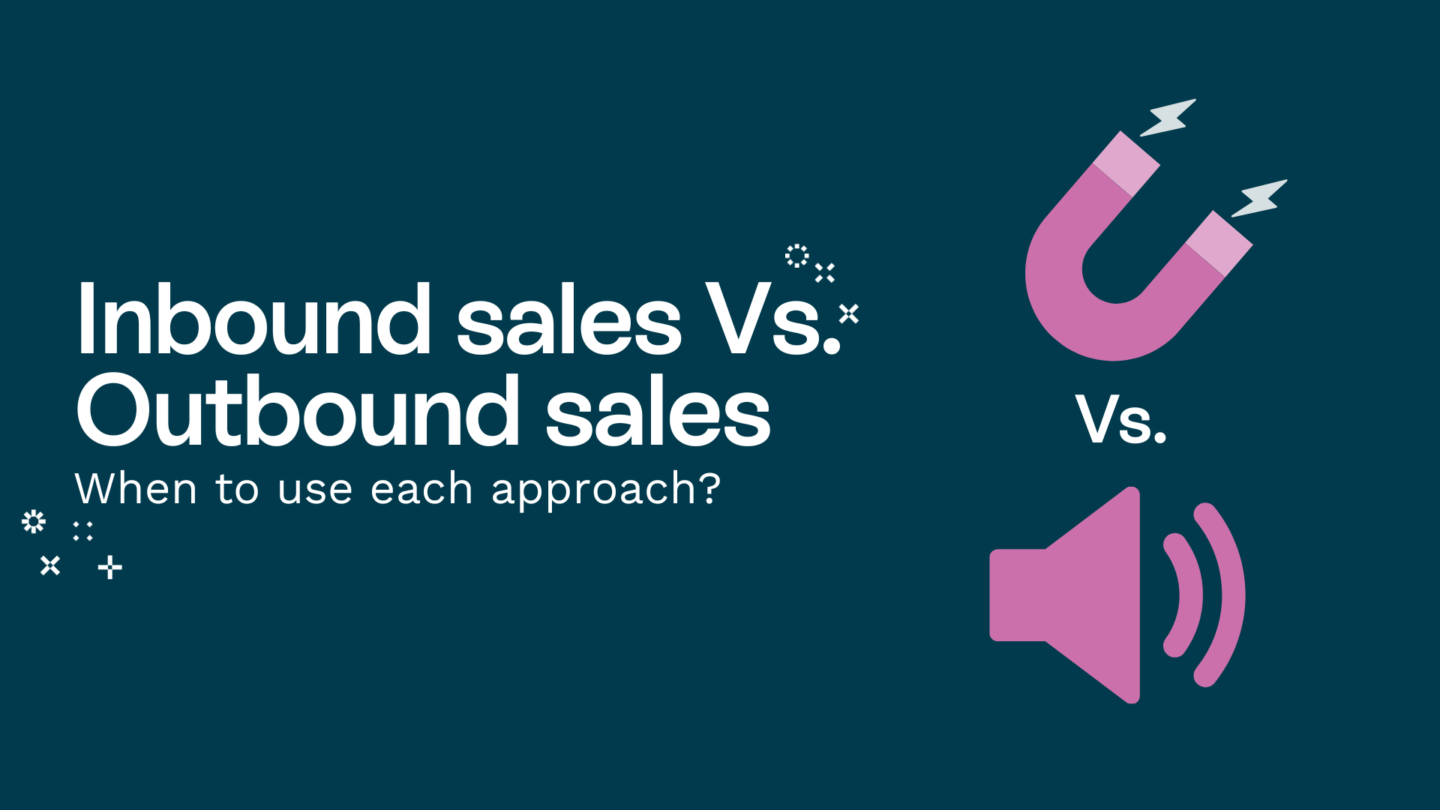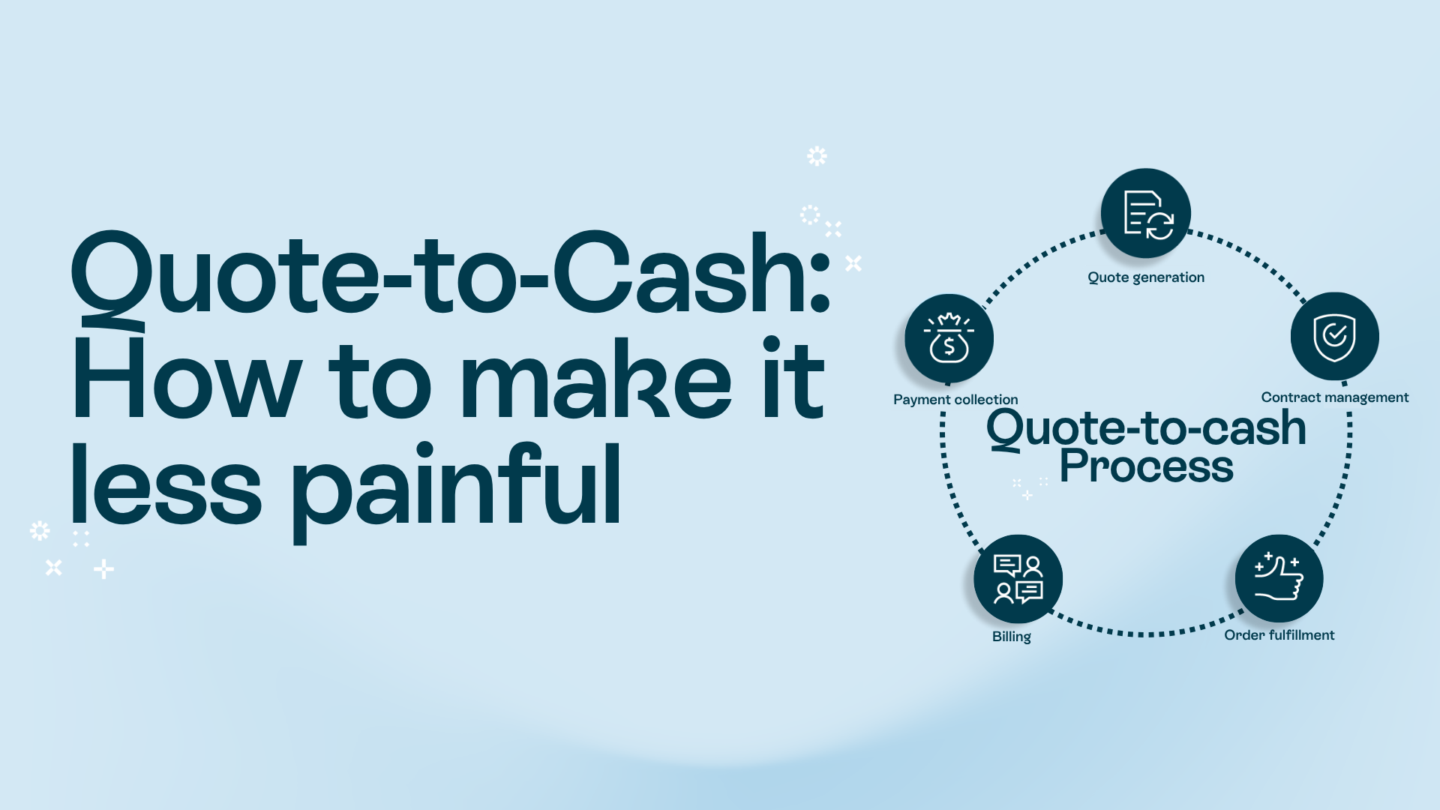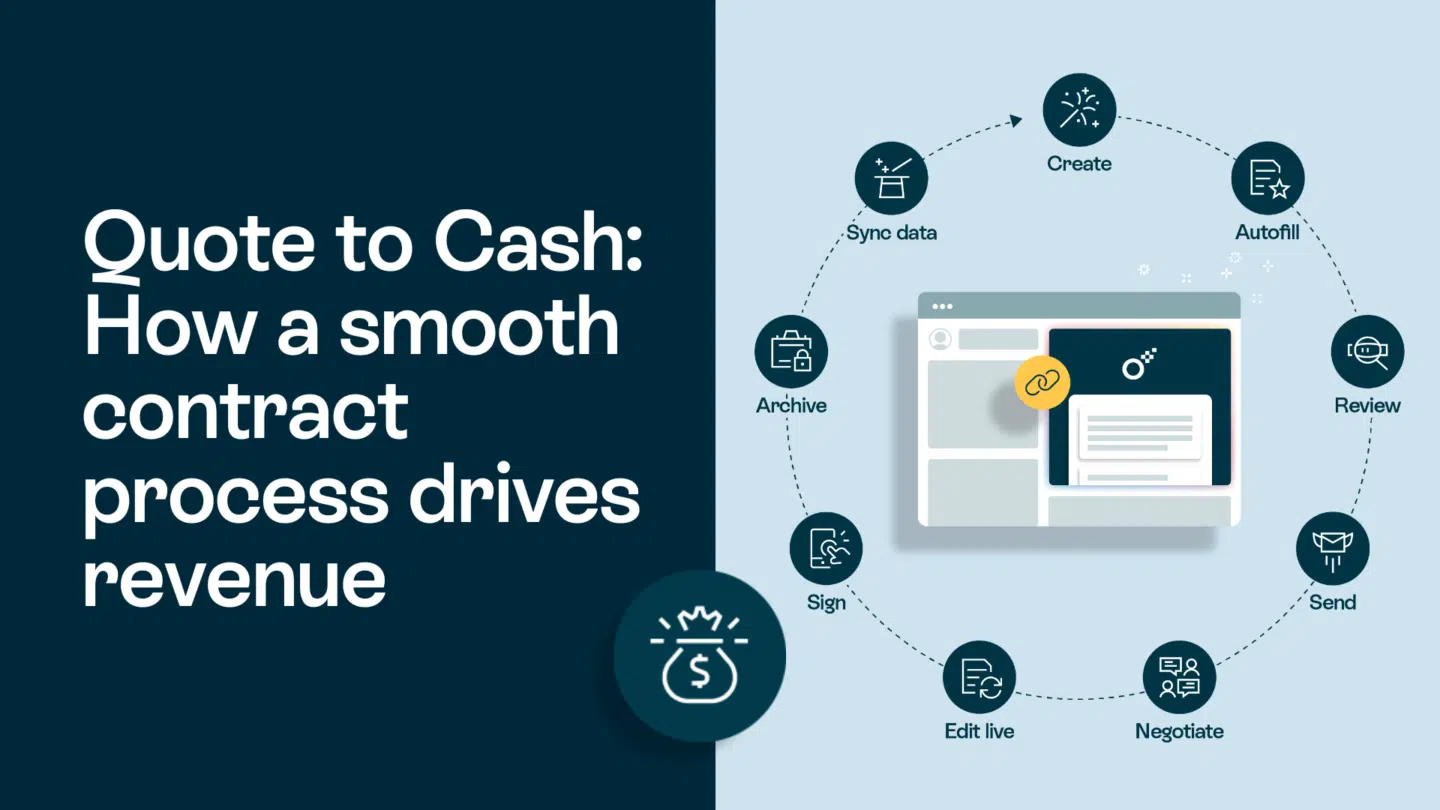In the ever-competitive world of B2B, marketers, salespeople, and everyone in between want to get their hands on more and more data to gather as many insights as possible. Data is gold. But did you know that you’re sitting on a goldmine with your contracts alone?
Here, we take a look at how you can maximize data from your contracts.
What kind of data can be gleaned from your contracts?
When you’re sending contracts, your organization can bring itself huge advantages if you start collecting and collating practical data points. You can even analyze trends that appear in your contracts.
Learn more about what metadata is and why it’s important here.
You can get data about things around how your contracts are signed, but also what was decided in the contracts: deal value, products sold, counterparty contact details, answers they filled out in form fields, etc.
But there is a catch. How much data you can get from your contracts depends on how you send and receive your contracts. Chiefly, whether you send them as PDFs, or use browser-based contracts through a contract management platform.
Put simply: the data you can get from PDFs is limited to the information about how it was signed, but browser-based contracts are the ones that open you up to the metadata (information about the contract itself).
This is another reason why it’s so important to move away from PDF contracts. Not only do browser-based contracts come with the immediate benefit of dynamic and interactive contracts that can massively expedite the signing time, but you can start collecting data gold right away, giving you more insights than ever before.
Read also: What is contract management: a complete guide
Why is it difficult to extract data from PDF contracts?
PDFs are essentially screenshots of a contract. Think of them as large static images, albeit with a resolution clear enough to enable reading. This makes it extremely difficult to extract specific data points.
One of the big issues with PDF contracts is that they often have locked fields. These are designed to stop users editing a contract before signing it, but it also makes it difficult to pull data. Compare that to browser-based contracts.
Browser-based contracts use HTML code. This means that their data is structured, and contains metadata tags that make extracting specific data a smooth, easy process.
Now, what data you can extract can vary from contract platform to contract platform. But these are some of the data points you can extract from Oneflow:
- Data fields
- Form fields
- Product tables
These are the three fields where the info is most likely to vary. And it’s where you can find your goldmine of data. Think of these three areas as the ‘juicy stuff’.
Read also: 9 Tips to implement a data-driven sales strategy
So what data can you get from PDF contracts vs. browser-based contracts?
The data again may vary based off which contract provider you are using, but in Oneflow, the differences are as follows:
When you send a Oneflow contract, you still get that basic data: who signed, how they signed, when they signed, and their time to sign. PDF contracts can also give you this.
But Oneflow also gives you data about what was actually in the contract. That’s where the good stuff is. And it’s where you can start accessing that goldmine that’s going to give you those deep, real-time insights.
Want to know more about what kind of data you can get from Oneflow and how to get more data from your future contracts? Read our other blog post here!
So why not try out browser-based contracts today? Click here to find out more.







